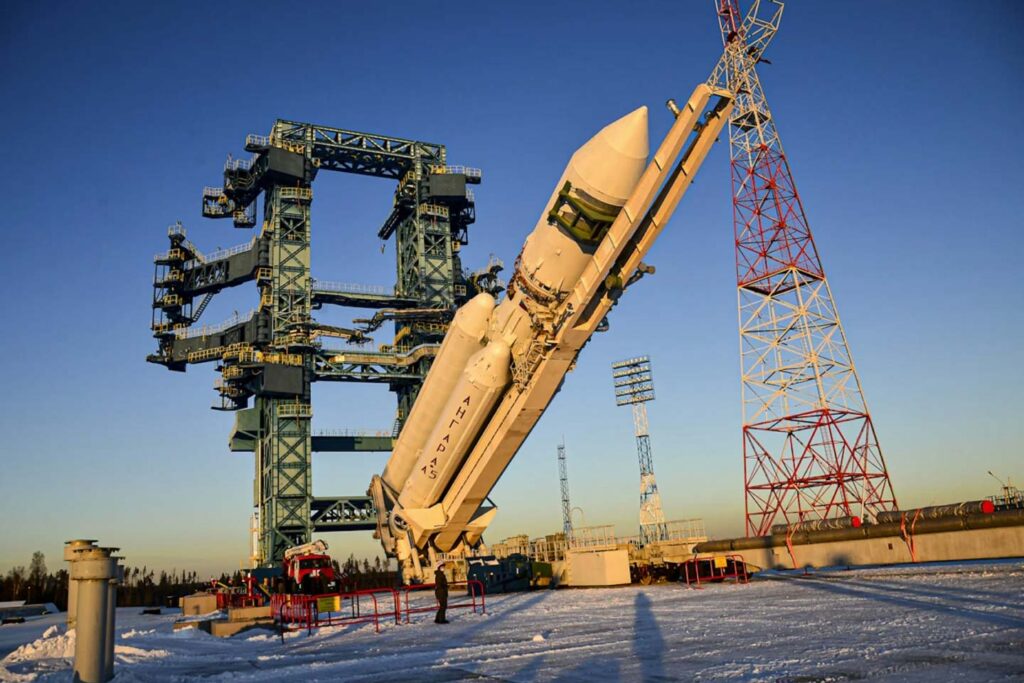The Angara A5 missile is supposed to replace the Russian Proton launcher; A rocket that uses toxic dinitrogen tetroxide fuel and is launched only from the Baikonur space base in Kazakhstan. On the other hand, Angara’s launch pads are on Russian soil. Until a few years ago, Proton was a strong competitor in the global commercial launch market; But now it has lost ground due to reliability issues, competitive pressure from SpaceX, and the fallout from Russia’s invasion of Ukraine.
Russian officials once introduced Angara as a replacement for Proton in the commercial market; But now the new missile will only serve the Russian government. However, experts doubt that the government will have enough regular demand to replenish the Angara A5’s heavy launch capacity. According to Anatoly Zak, an expert on the Russian space program, the Russian government does not have a functional satellite ready to fly in the upcoming Angara A5 launch from Vostochny.
Ultimately, the Angara A5 can handle the launch of a handful of large satellites that require the capacity of a Proton rocket. But their number will be small in any case. Proton has been launched only three times in the last two years, and approximately 12 of them remain in the Russian warehouse.
Russia is also moving forward with its next-generation Orel passenger spacecraft project. Russian officials claim that the launch of this spacecraft will begin in 2028 with the Angara A5 rocket. However, evidence does not indicate that Orel will be ready for test flights within the next four years. As a result, while the Angara missile is ready, albeit at a slow speed, Russia does not have many payloads to put on it.



